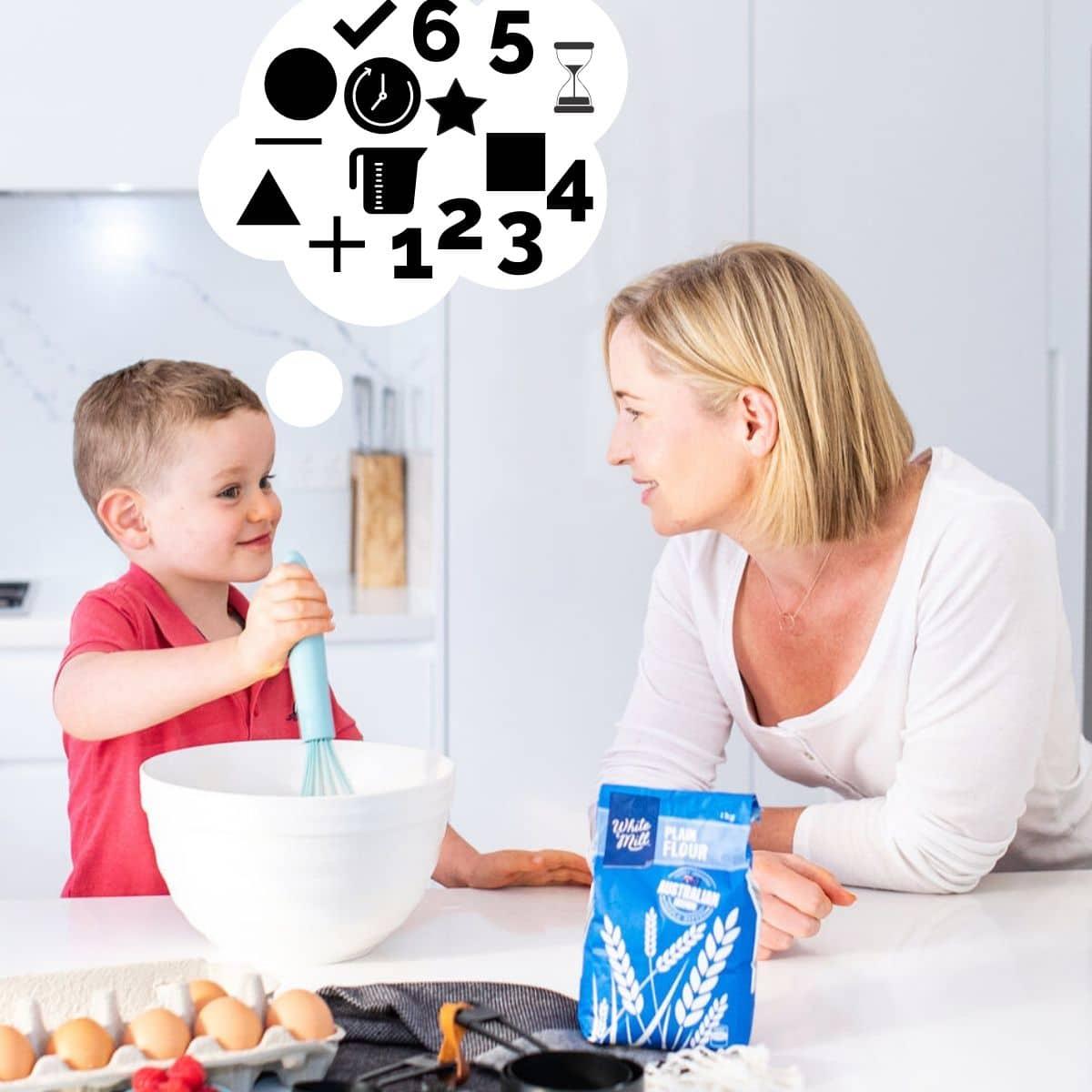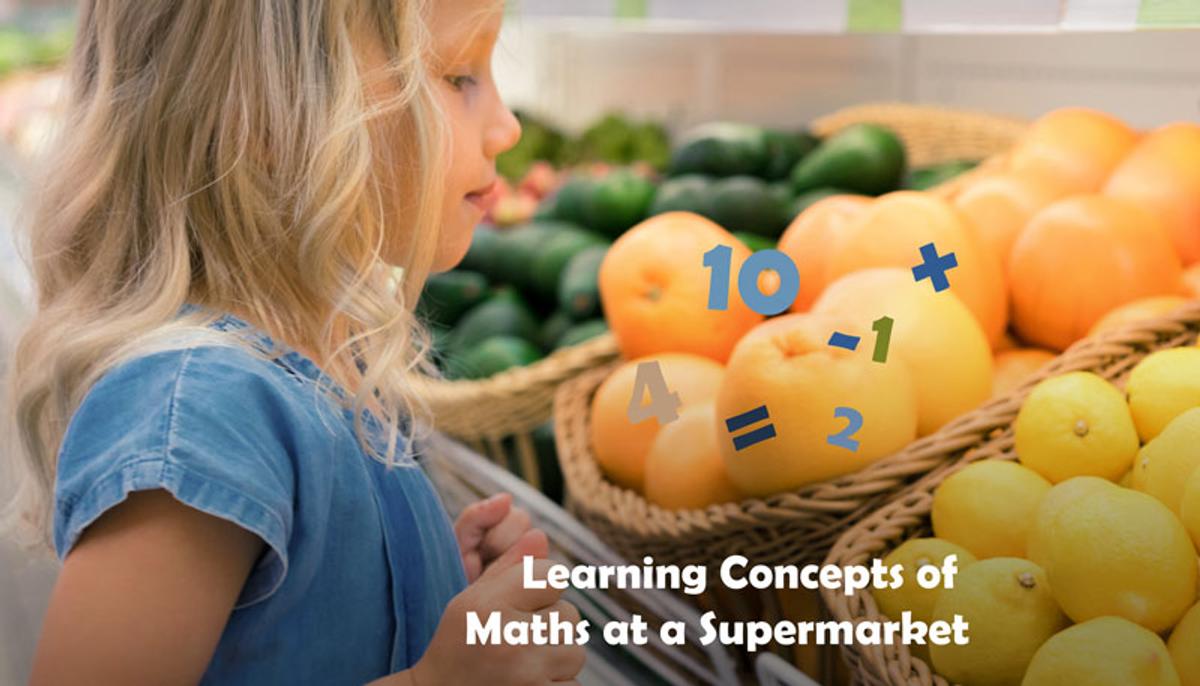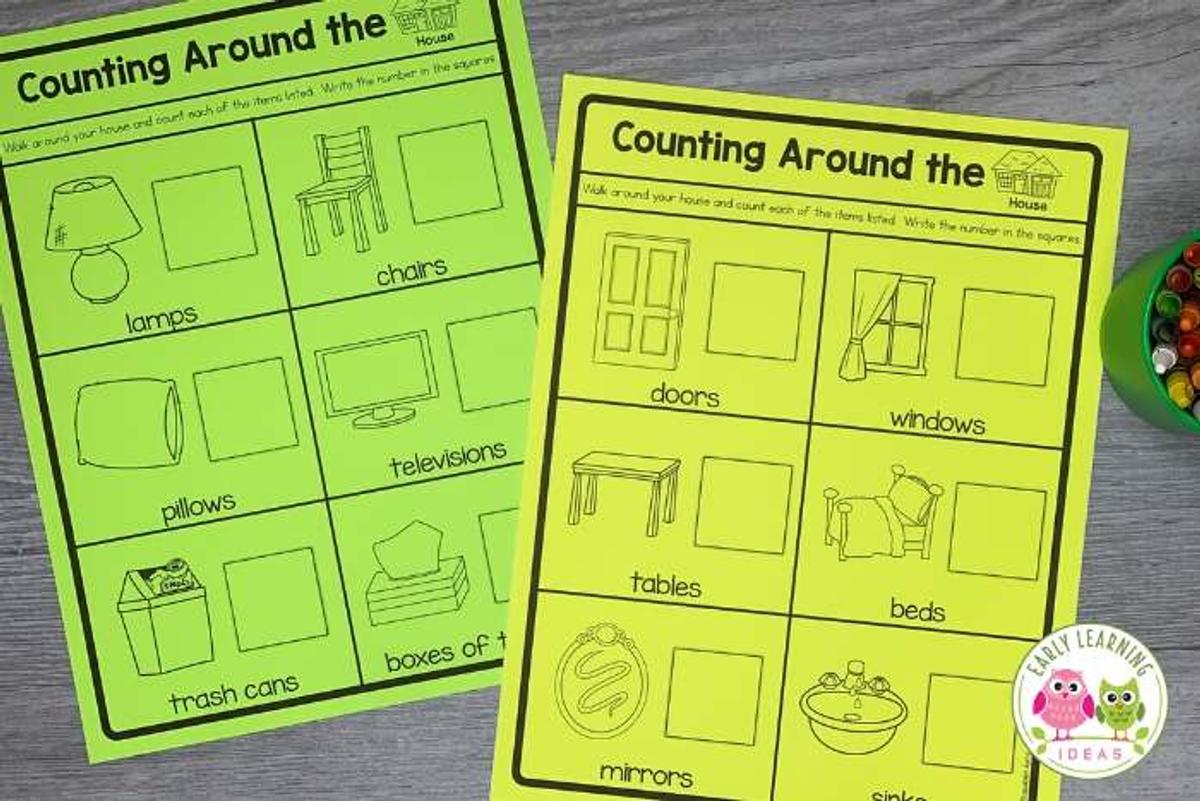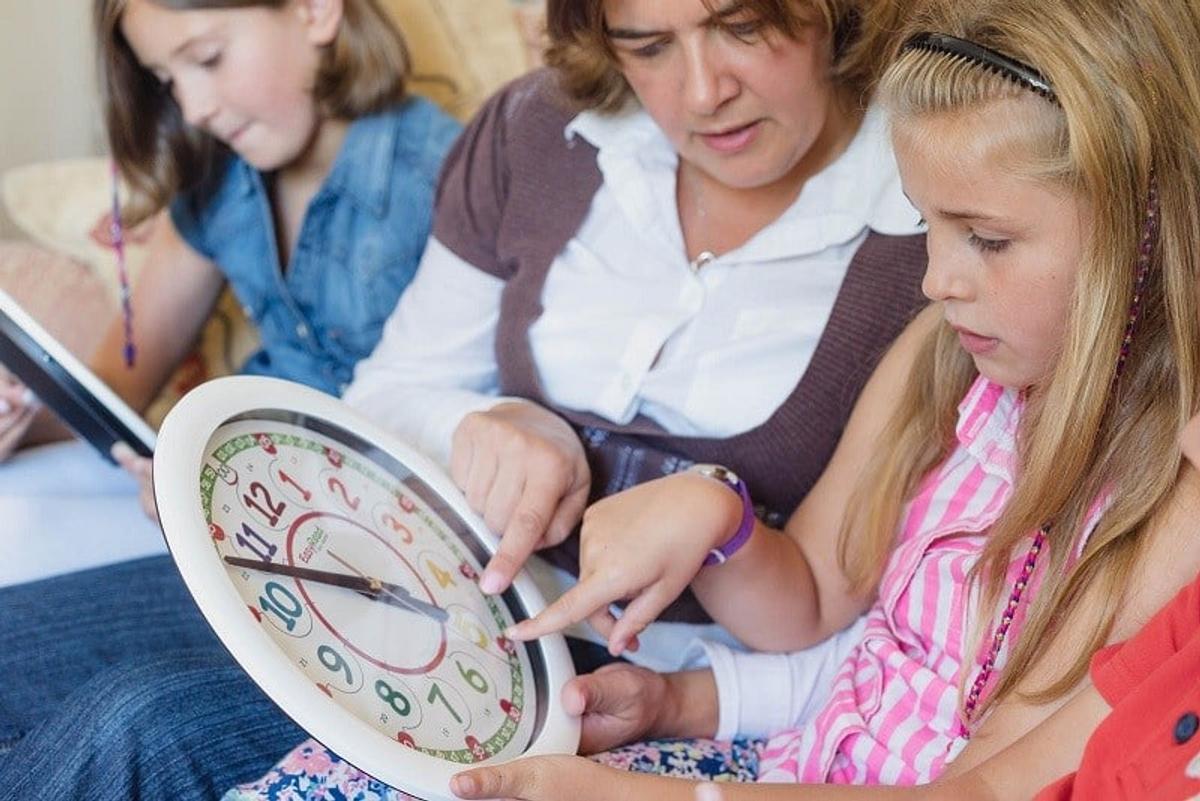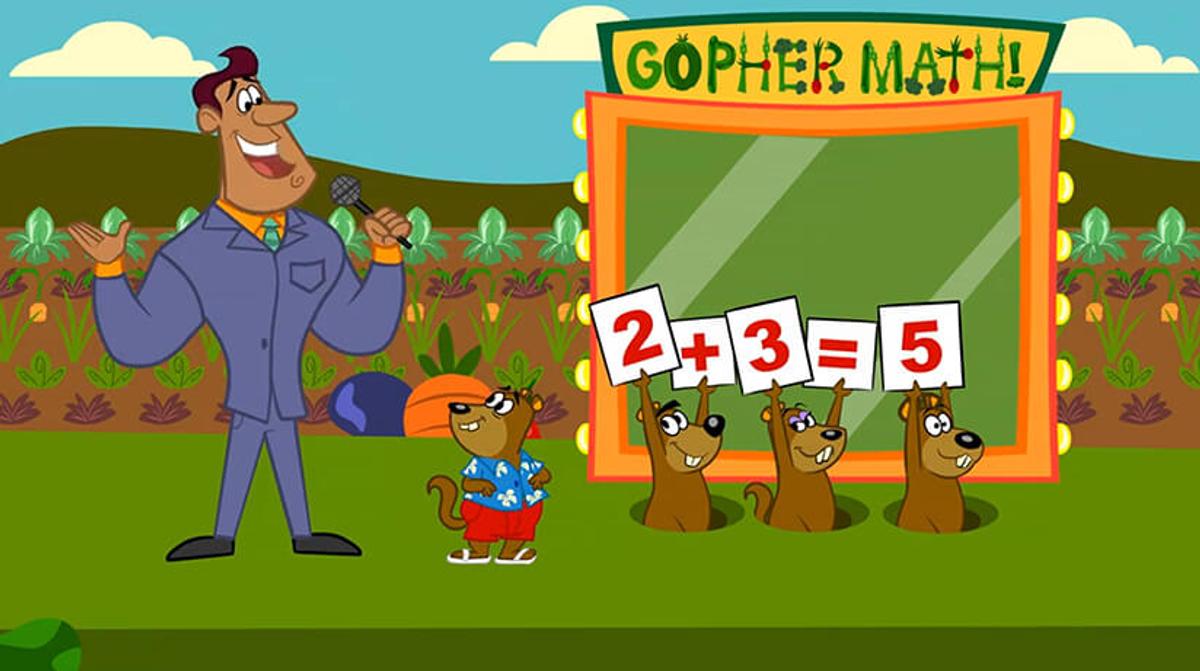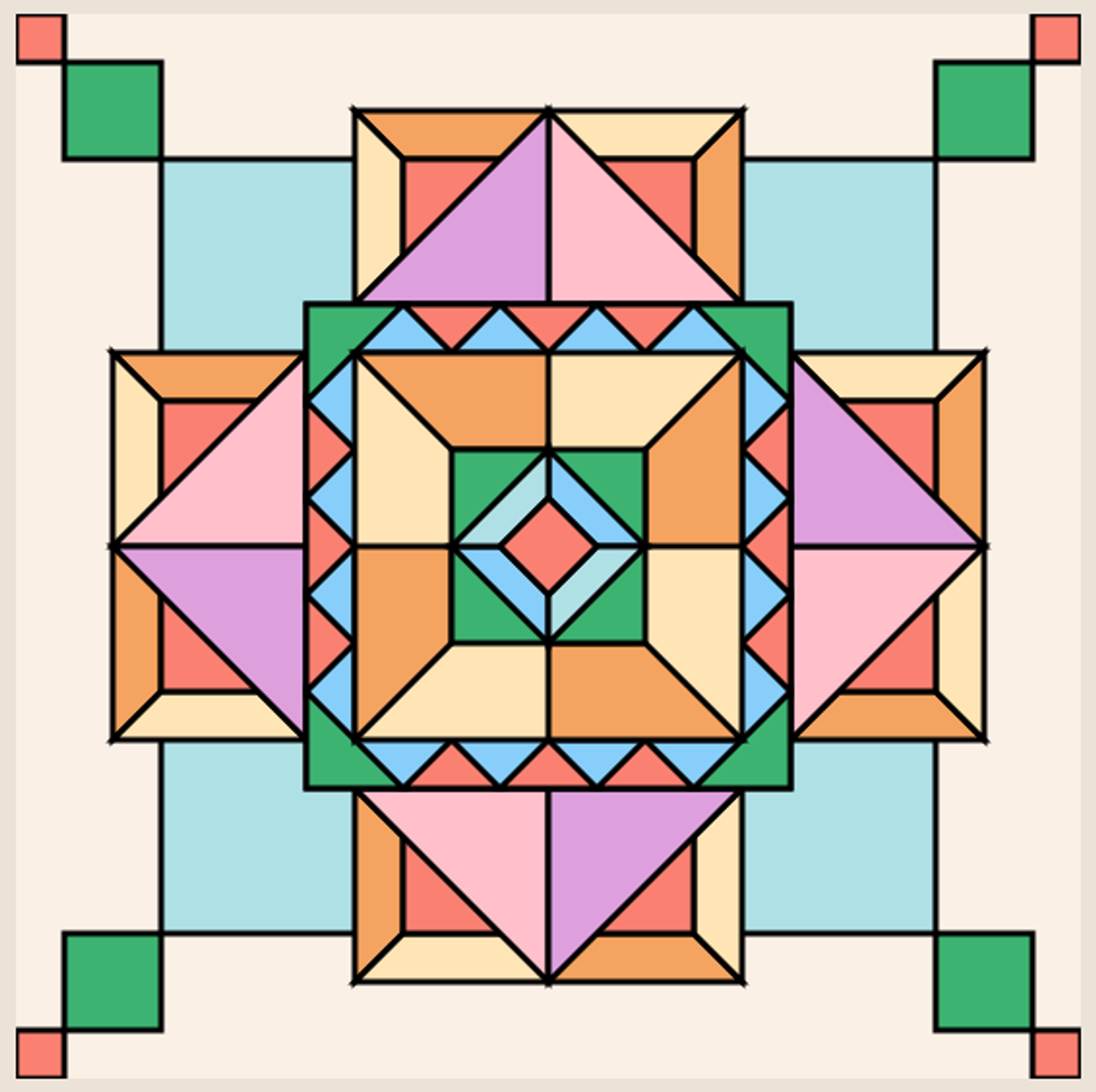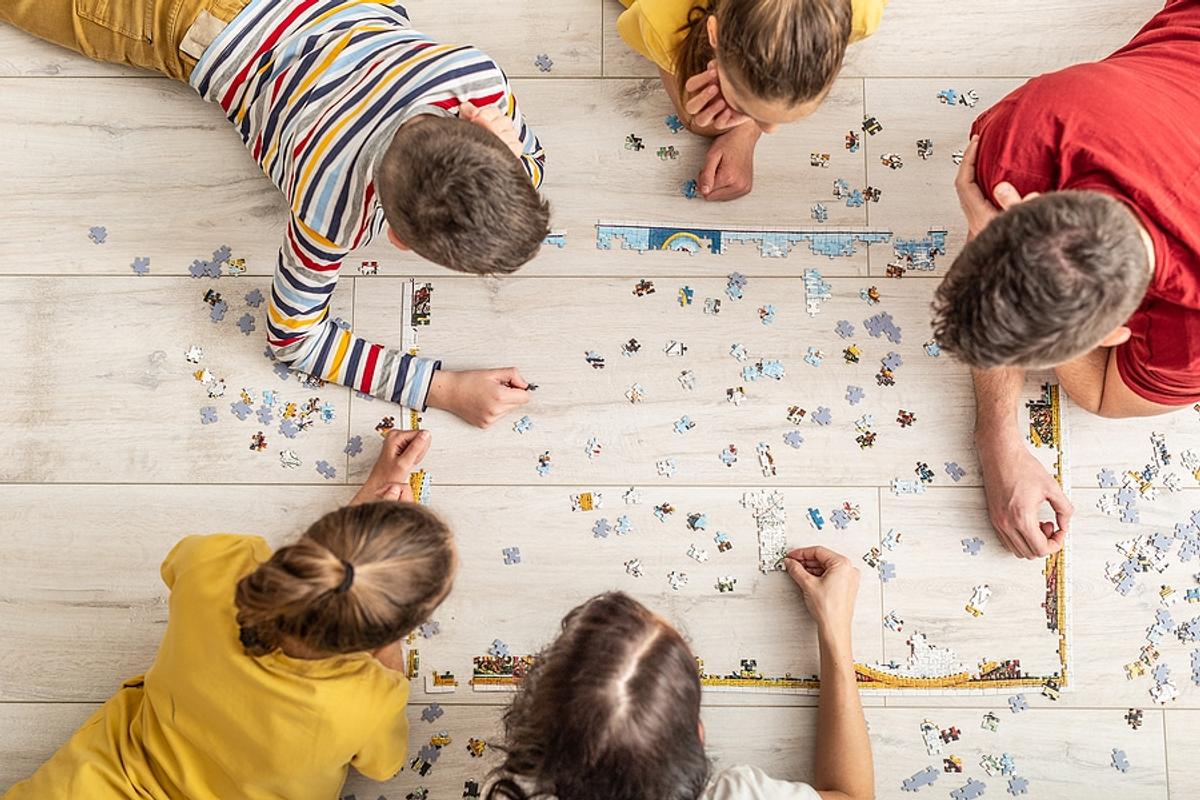Maths Fun
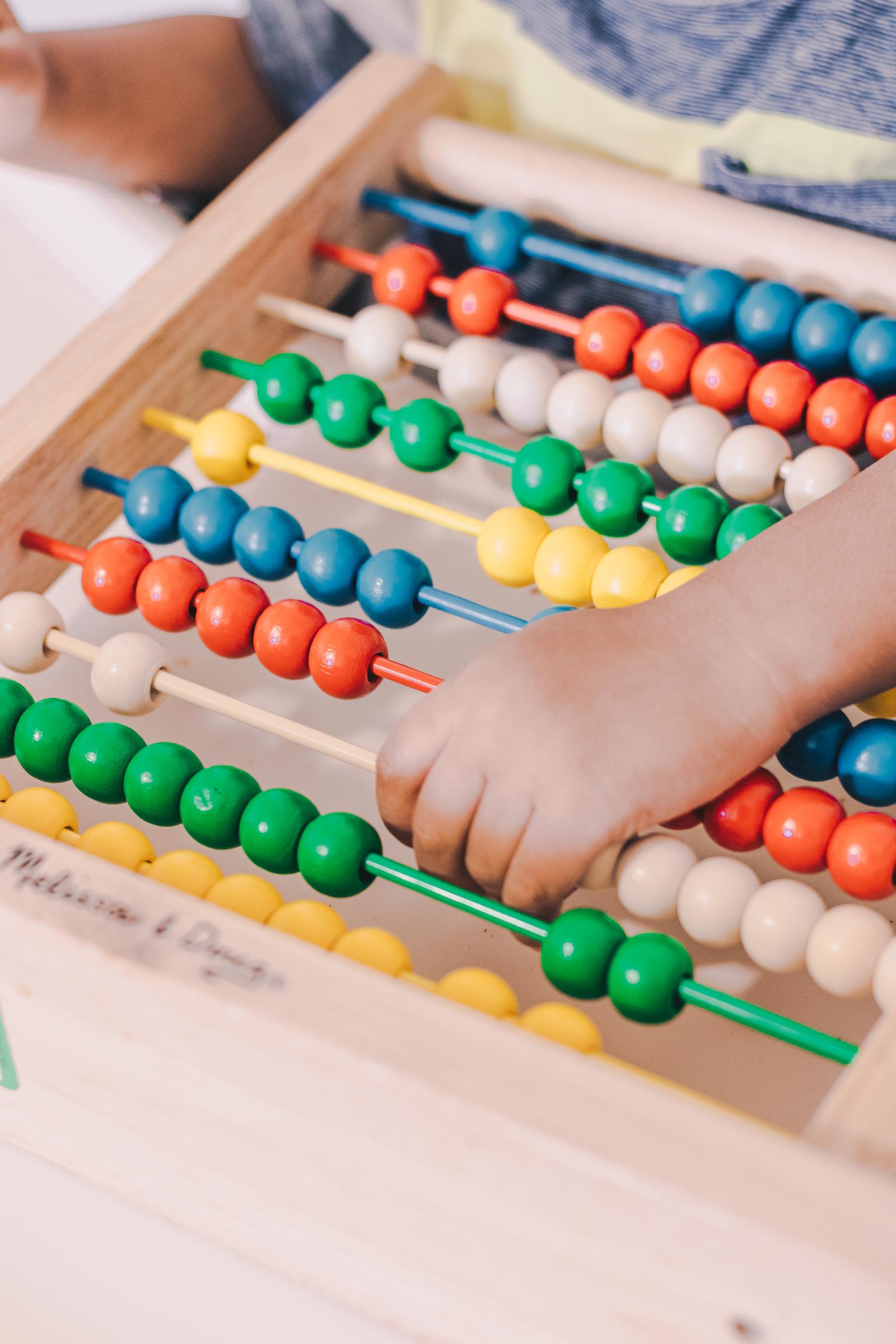
Maths Fun at Home
Below are some ways you can have fun and work on Maths at the same time.
1. Cooking with Math: Turn the kitchen into a math classroom! Involve your child in measuring ingredients, doubling or halving recipes, and counting items like eggs or spoonfuls. It’s a delicious way to practice fractions and addition.
2. Math Scavenger Hunt: Create a math-themed scavenger hunt around the house or yard. Give clues that require counting objects, solving simple math problems, or finding shapes. For example, “Find 3 objects that are rectangles.”
3. Math Board Games: Many classic board games incorporate math skills. Games like Monopoly, Yahtzee, or even card games like Uno help children practice counting, probability, and strategic thinking in a fun way.
4. Grocery Store Math: Next time you’re at the grocery store, turn shopping into a math adventure. Have your child estimate the total cost, compare prices, or weigh produce. It’s a real-world application of math skills!
5. Daily Math Challenges: Create a “math challenge of the day.” It could be anything from counting all the doors in the house to figuring out how many minutes until bedtime. This keeps math skills sharp in a fun and engaging way.
6. Math Storytime: Incorporate math into your child’s bedtime routine by reading stories that include math concepts. Books like "The Doorbell Rang" by Pat Hutchins or "One Hundred Hungry Ants" by Elinor Pinczes make math fun and relatable.
7. Number Talks: Have informal chats about numbers during everyday activities. For example, talk about the time, ask how many apples are in the fruit bowl, or discuss how many more minutes until the TV show starts. These simple conversations build math awareness.
8. Online Math Games: Explore educational websites that offer free math games. Websites like Khan Academy, Cool Math Games, or ABCmouse provide interactive and fun ways to practice math skills at home.
9. Art with Math: Combine creativity and math by doing art projects that involve shapes, patterns, or symmetry. Create a mosaic with geometric shapes or a pattern with beads or buttons. It’s a great way to explore geometry!
10. Puzzle Time: Puzzles like Sudoku, tangrams, or jigsaw puzzles require logic and spatial reasoning. Working on puzzles together helps develop problem-solving skills and is a fun way to spend quality time.

